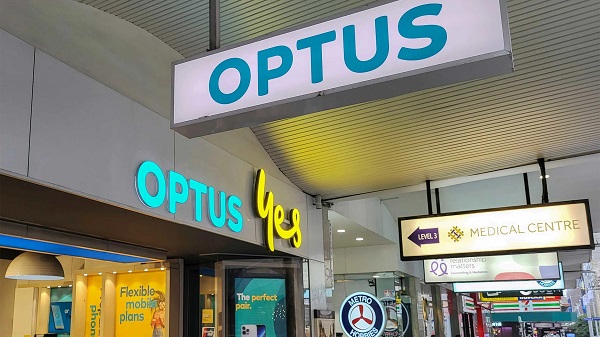In a move that has raised eyebrows among tech enthusiasts and industry stakeholders, Optus has quietly delayed the launch of its ambitious mobile-to-satellite service.
Originally slated for rollout by late 2024 with text messaging capabilities, and with plans to expand to voice and data services by 2025, the delay highlights the complexities involved in bringing next-generation connectivity to fruition.
Here, we delve into the reasons behind the postponement, its implications for Optus, and the broader landscape of satellite-to-mobile communications in Australia.
The Promise of Satellite-to-Mobile Technology
Optus’s mobile-to-satellite service is designed to bridge Australia’s connectivity gaps by providing mobile coverage across the nation, including remote and rural areas traditionally underserved by terrestrial networks.
Leveraging low Earth orbit (LEO) satellite technology in partnership with SpaceX’s Starlink, the service aims to allow standard mobile phones to connect directly to satellites without requiring additional equipment.
This innovation could potentially revolutionize mobile communication by ensuring 100% coverage, enabling users to stay connected during natural disasters, in outback regions, and across Australia’s vast, sparsely populated landscapes.
The Delay: Reasons and Context
Optus has attributed the delay to ongoing regulatory processes and local testing requirements. An Optus spokesperson commented, “We are committed to using low Earth orbit satellite direct-to-mobile technology to expand coverage across the nation.
Optus is working with SpaceX while they engage with the regulator in the US regarding the conditions for conducting local testing, and we’re re-evaluating our timelines to deliver this product with the best possible experience for customers.”
Regulatory hurdles are a common challenge in deploying satellite-based technologies. Compliance with local and international communication standards is essential to ensure that the service operates reliably and without interference.
Additionally, rigorous testing is critical to guarantee that mobile devices can seamlessly switch between terrestrial and satellite networks.
Competitive Landscape: Telstra’s Progress
The delay puts Optus at a disadvantage in the race to dominate the satellite-to-mobile market. Telstra, Australia’s largest telecommunications provider, has announced plans to trial similar services in collaboration with SpaceX.
Telstra’s initiative includes satellite-enabled text messaging services, with potential future expansion into voice and data offerings.
The competition intensifies as both companies vie for the lucrative opportunity to provide nationwide connectivity, especially in underserved regions.
Implications for Optus and Australian Connectivity
For Optus:
The delay may affect Optus’s competitive positioning and erode its first-mover advantage in the satellite-to-mobile sector.
While the company has assured customers of its commitment to delivering a robust service, the setback could allow competitors like Telstra to gain ground.
Additionally, any perceived lack of transparency regarding delays may impact customer trust and investor confidence.
For Australia:
For Australians, particularly those in remote and rural areas, the delay means continued reliance on existing terrestrial networks, which often provide patchy coverage.
The advancement of satellite-to-mobile technology is crucial for improving emergency response capabilities, facilitating remote education, and boosting regional economic development.
Challenges in Deploying Satellite-to-Mobile Technology
The Optus delay underscores several challenges inherent in deploying satellite-to-mobile services:
- Regulatory Approvals: Securing the necessary permissions from local and international authorities can be a lengthy and complex process.
- Technical Integration: Ensuring that mobile devices can connect seamlessly to satellites while maintaining network quality requires extensive testing.
- Cost: Developing and launching satellite infrastructure involves significant investment, which can influence timelines and pricing strategies.
- Market Readiness: Educating consumers and ensuring that end-users understand the benefits and limitations of the technology is critical to adoption.
What’s Next for Optus?
Optus’s collaboration with SpaceX remains pivotal to the project’s success. The company must now focus on resolving regulatory issues and completing local testing to ensure a reliable and high-quality launch.
Clear communication with stakeholders, including customers, investors, and regulators, will be key to managing expectations and maintaining trust.
Conclusion
The delay in Optus’s mobile-to-satellite service launch highlights the challenges of pioneering new connectivity solutions but also reaffirms the transformative potential of satellite technology.
As Optus works to overcome regulatory and technical hurdles, the promise of nationwide mobile coverage remains a compelling vision for the future of Australian telecommunications.
Meanwhile, the competition between Optus and Telstra could ultimately benefit consumers by accelerating innovation and ensuring that Australia remains at the forefront of global connectivity advancements.
Also Read
XRP’s Surge: A Deep Dive into the Reasons Behind the Rise and What Lies Ahead
Melbourne’s Metro Tunnel to Open Later This Year, Ushering in a New Era of Public Transport

